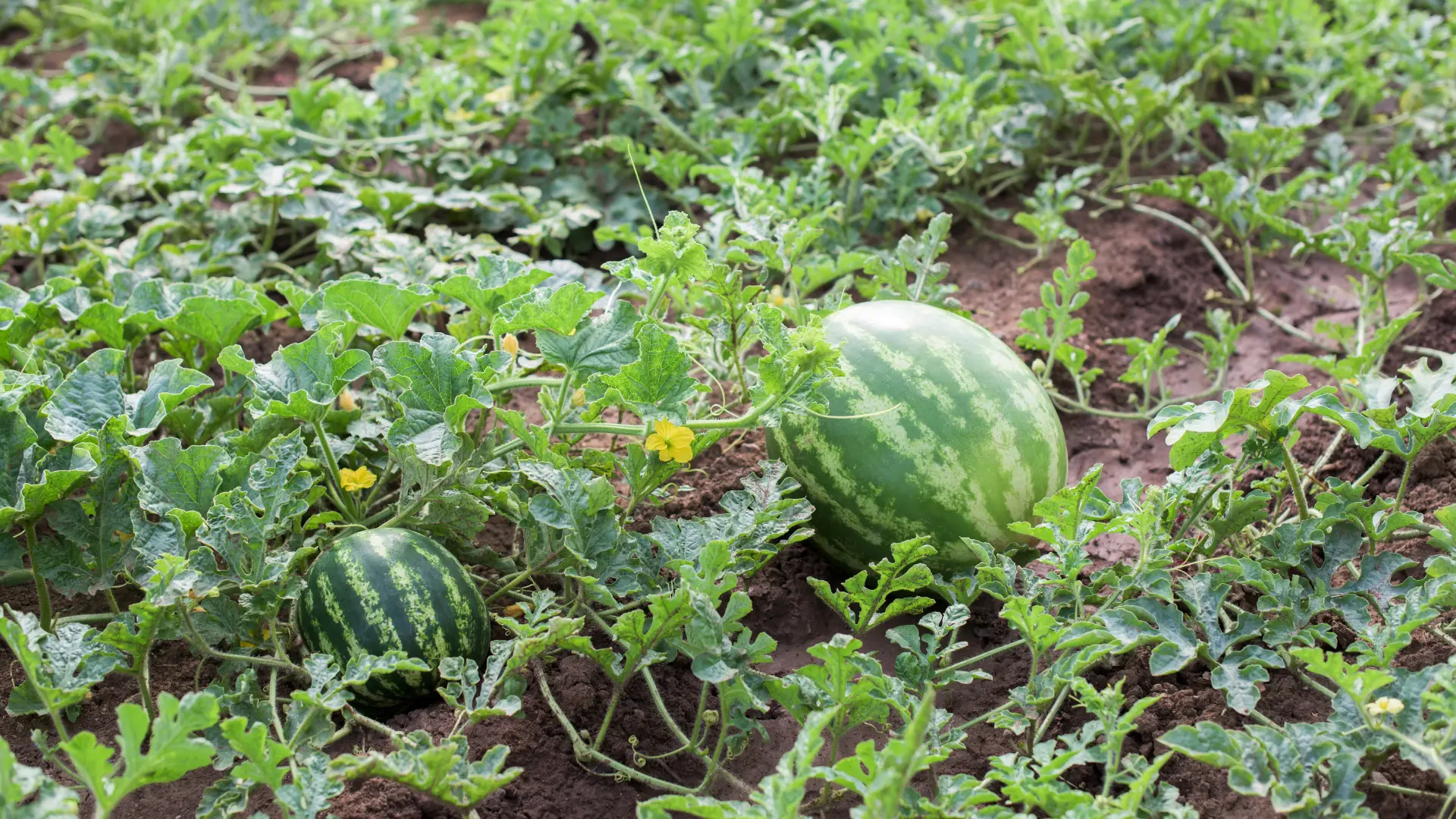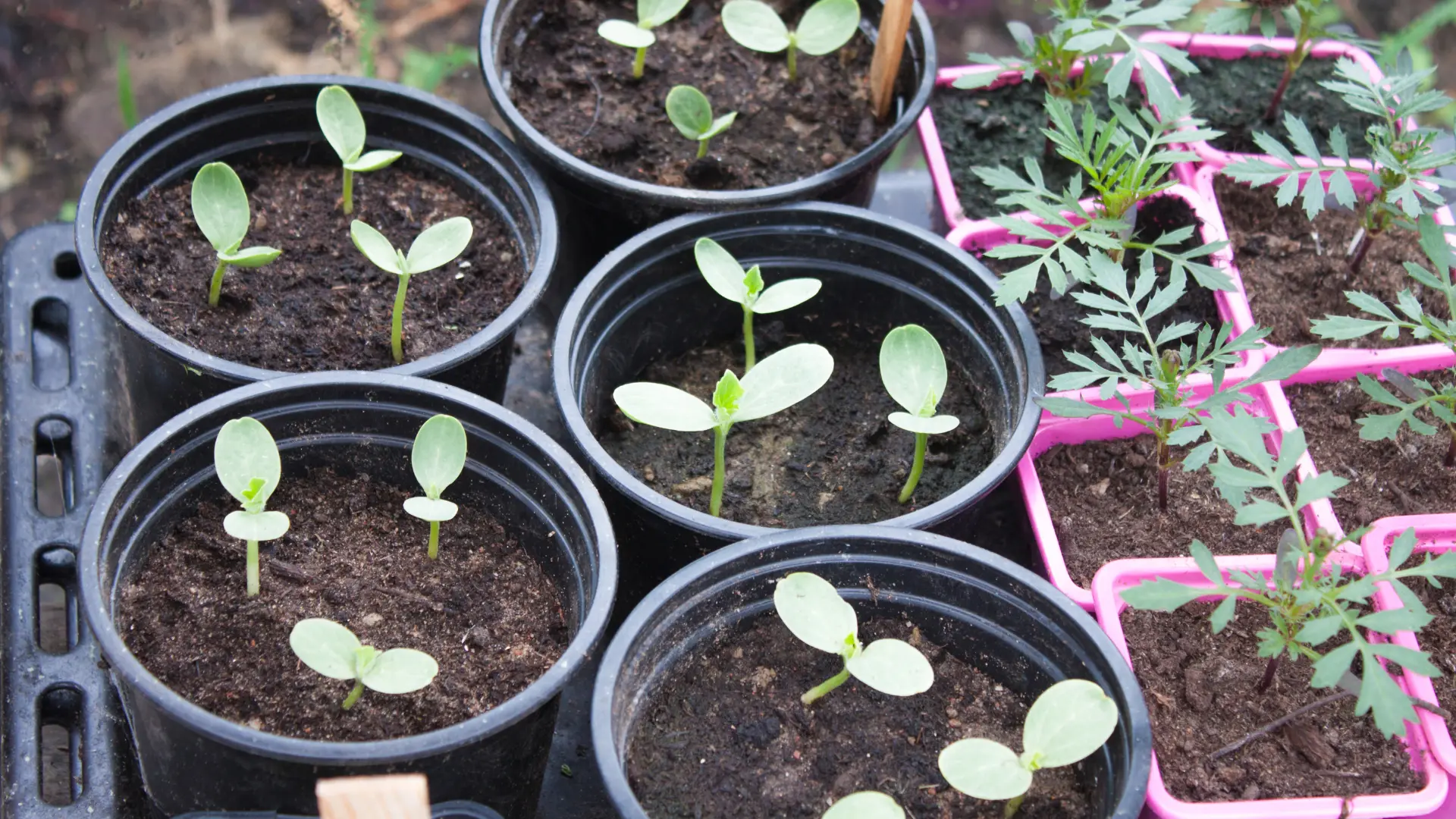Nothing beats the taste of a watery, sweet melon. Watermelon can be diced or even made into juice to drink. There is no end to what one can do with a watermelon, but then there is the issue of planting them and how to space them.
Watermelons have a rich history in Egypt. They were cultivated as far back as 4000 years ago in Egypt, and as such, watermelons need warm temperatures and a long growing season. The temperature watermelons need has to be optimal, along with the spacing. What is the right way to space watermelons? Read on.
How Far Apart Should Watermelons be Planted?

Before planting and spacing your watermelon, you first want to select the right seed. Watermelons have wide seed varieties, so figuring out the right seed to plant can look like an uphill task.
Despite all the options, taking a few things into account makes the process of spacing and expanding a little bit simpler. Despite all the various seed options, you will undoubtedly locate a melon of the desired size, color, and growth habit to suit your liking. You may determine the size of the growth space you need to set up by knowing the anticipated size of mature watermelon plants.
You can choose a seed from a watermelon that you ate and liked. If the watermelon you bought is something you like, you can save the seeds and use them for your planting. Spacing for watermelon isn’t rocket science and can easily be done if you follow some basic rules.
When spacing a watermelon, the first thing you need to do is choose a sunny location and create mounds that are three feet in diameter. What are the advantages of growing watermelons in mounds? The answer is that growing watermelons in mounds helps retain heat and allows for proper soil drainage.
The mounds should be spaced at least three to five feet apart, and multiple rows should be spaced eight feet apart. Each mound should have six seeds that are planted ½ inches deep. When the seeds you plant reach the seedling stage, you can thin them down to the three healthiest ones. You must note that watermelons grow well when fertile soil is drained. If the soil you use is too sandy, take six inches of well-rotted manure and work it into the sandy soil to the depths of one foot. If you want to take advantage of the extra spaces in your garden, you can try this 20 watermelon companion plants. Companion planting is an excellent way to utilize space while securing the health of your vegetables.
Growing and Spacing Watermelon in a Raised Bed
The variety of seeds you choose when growing watermelon on a raised bed is very important. You should use a small variety of watermelons, such as the sugar baby because they can be grown on a trellis. The next step is to pick a location exposed to the sun to make your raised beds. You can put in a sturdy trellis when your raised bed is filled.
If your trellis is properly fixed, you can plant your watermelon seeds. The spacing for the seeds should be every 24 inches along the base of the trellis. Give the watermelons 2 inches of water every week after they sprout until they start bearing fruit, and reduce watering to one inch each week as the fruit emerges on the vines. Finally, train your melon vines to climb your trellis as they mature to support the melons and prevent them from breaking off the vine.
Apart from spacing, depth also matters when planting your melons in a raised bed. The ideal soil depth for watermelons is between 24 and 36 inches. However, watermelon roots will be able to penetrate the soil as deeply as necessary if your raised bed is built without a barrier separating the bottom of the raised bed from the soil below. As long as the roots penetrate deeper than the raised bed, you can grow watermelon in a very shallow raised bed. Watermelons are truly awesome!
If there is a barrier between the raised bed and the soil, your raised bed should be at least 24 inches deep. Most watermelon roots only go as deep as 12 inches. But deeper melon roots are usually better. Your watermelon will grow to become drought resistant if the soil is really deep.
Growing and Spacing Watermelons in Containers

If you do not have space in your garden, nor can you grow a watermelon using a raised bed, you can grow your plant in a container. One of the advantages of growing watermelons in containers is that the soil conditions in containers are usually ideal for melons. If you plant a melon in cool soil, there is a likelihood that it will not grow. However, the soil will usually get warm fast when put in a container, especially if you choose a dark container.
Controlling the number of moisture watermelons receive is another advantage of growing them in containers. Watermelons are thirsty plants that need lots of water to survive. Although it can be challenging to monitor irrigation amounts underground, this is not the case for containers.
When choosing a pot or container for your watermelons, it is important to choose the big ones. If you choose a small container, your watermelon will need more space for its root to go deep. It would help to choose a container that can hold 7 to 10 gallons of soil per plant. When planting in a container, the spacing is one seed per gallon, and the seed should be buried to at least one inch.
Remember to abide by the pot-size recommendations when growing from transplants, whether you grew them or bought them at the nursery. Plant them at the same depth as in the peat pellet or nursery pack.
Do not disturb the roots when planting transplants in nursery packs or pots. Don’t loosen the roots of melons like you would if you were planting and spacing tomatoes because melons don’t like to have their roots disturbed.
